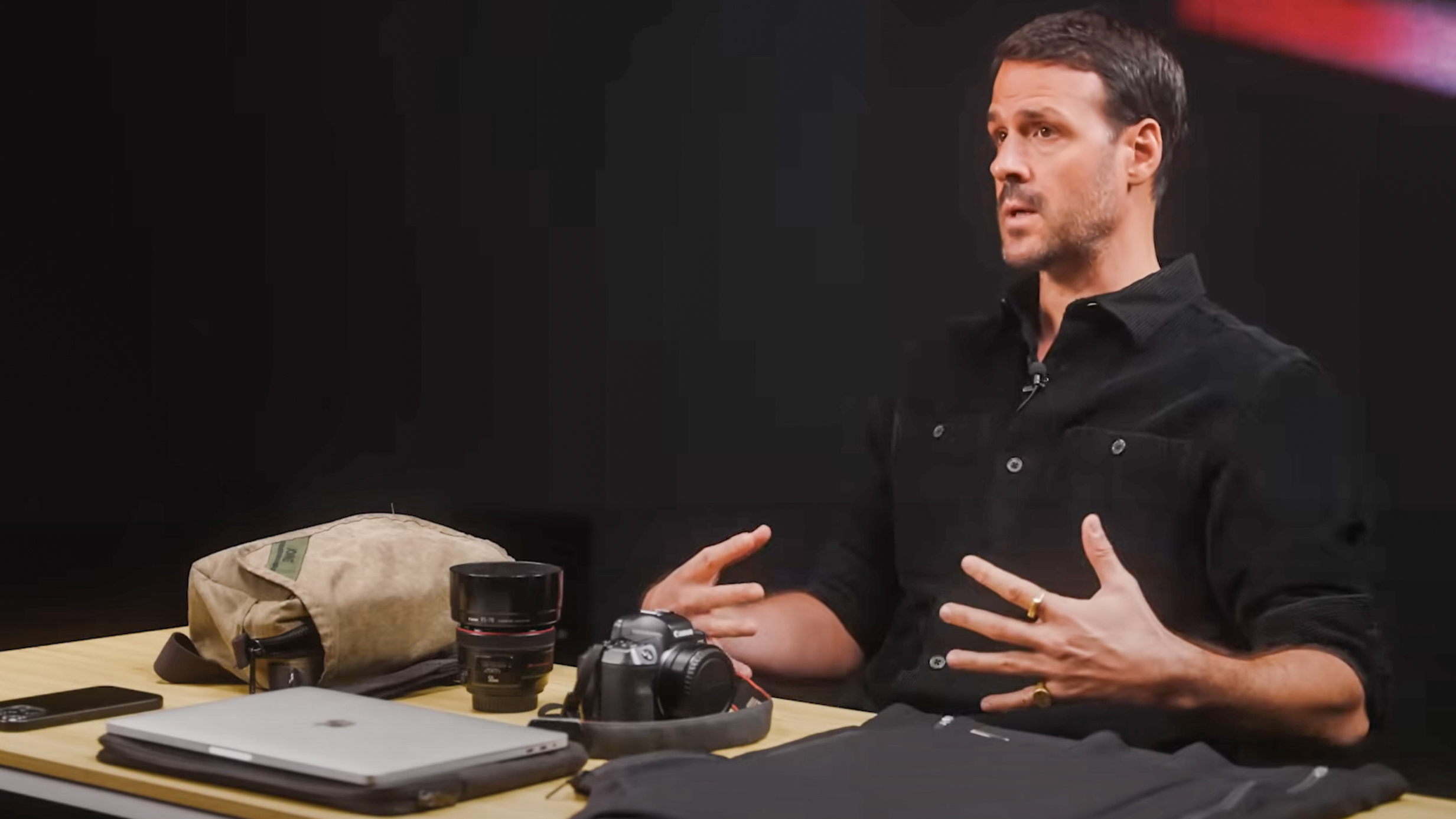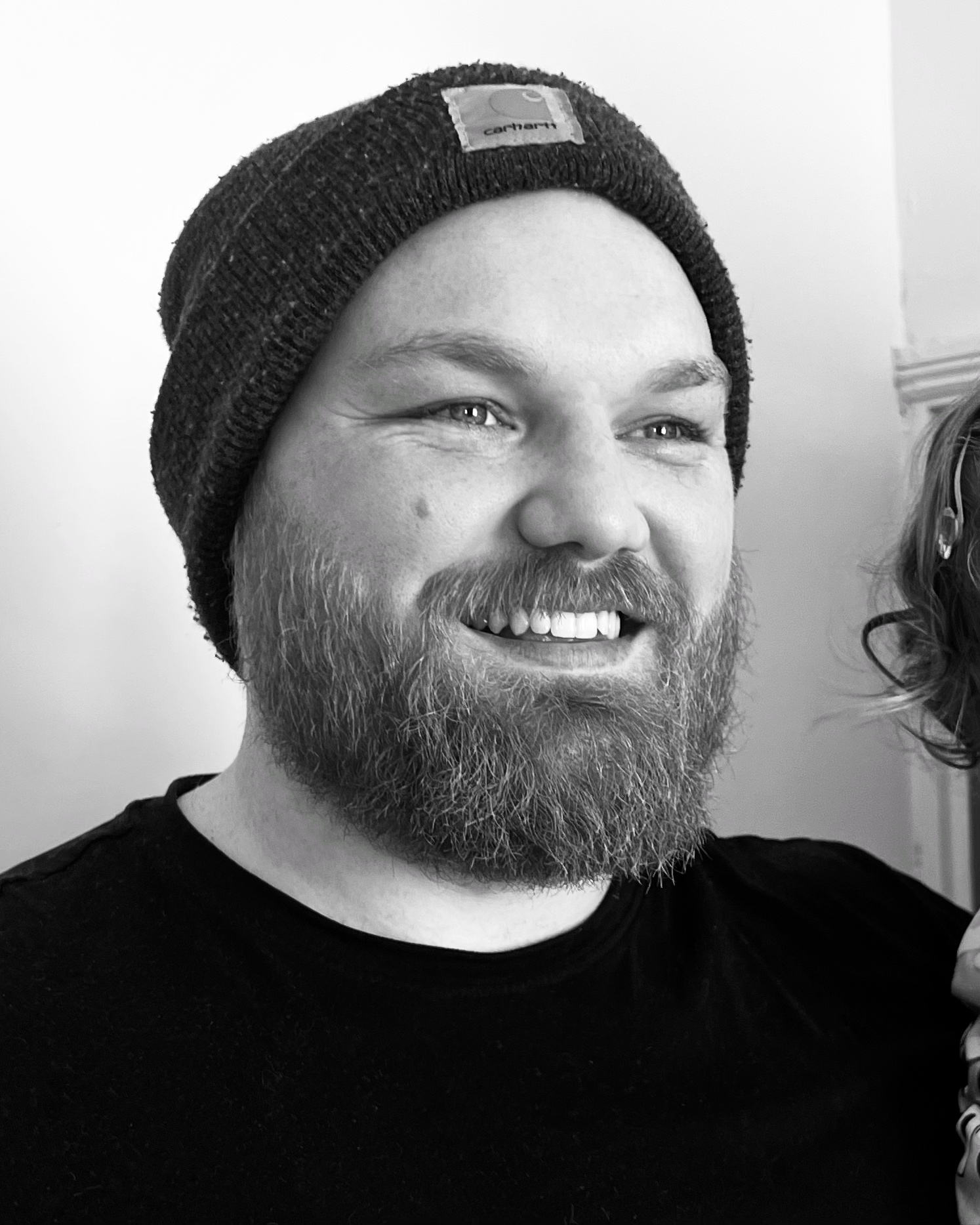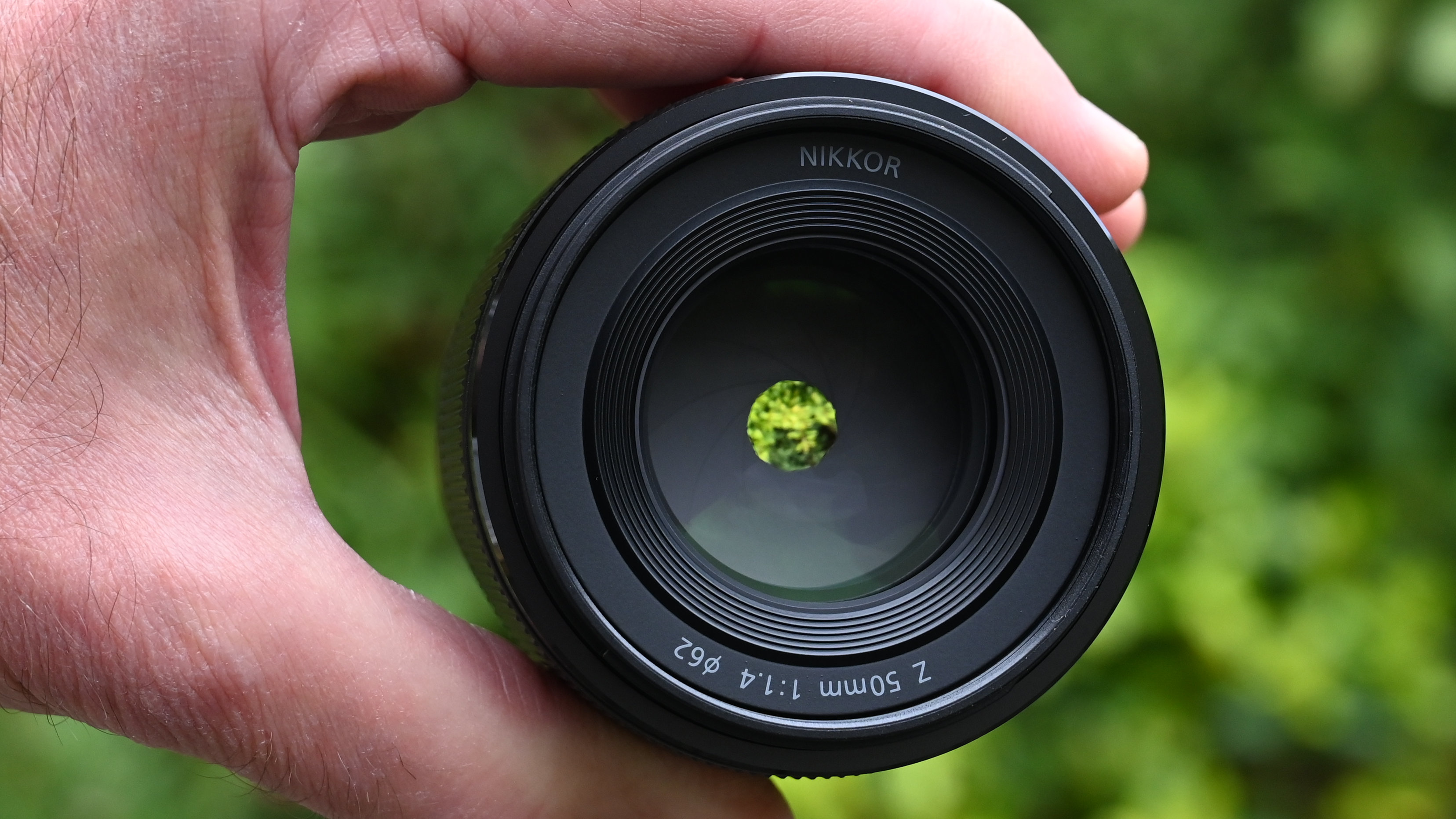"I was injured twice, kidnapped, and tortured." Conflict photographer Jonathan Alpeyrie discusses his approach to capturing life in warzones
Take a look inside the essential camera kit of a war photographer in this fascinating Daily Mail video

Veteran photojournalist Jonathan Alpeyrie has spent over two decades documenting conflict zones around the world, from Syria and Ukraine to Gaza and the international drug trade. He has been wounded twice, kidnapped, and tortured, and continues to put himself on the frontlines to, as he puts it, "embed myself in historical moments to bring the truth back to the general public."
In a new video feature on the Daily Mail YouTube channel, Alpeyrie offers a rare glimpse into the camera gear and personal essentials he relies on in the field, a setup that has been refined over 20 years of frontline experience.
He describes himself as a minimalist by nature. "Camera, flak jacket, phone, bag, computer," he says. "I’ve been carrying the same thing for the past 20 years." Simplicity is crucial when every ounce of weight counts and when mobility can mean the difference between getting the shot and getting caught in danger.

Above: Daily Mail YouTube video of Jonathan Alpeyrie
Originally a Nikon shooter, Alpeyrie switched to Canon around seven years ago, citing a preference for the format and handling. His main camera is the Canon EOS R, paired with a Canon EF 50mm f/1.2L lens (adapted to the RF mount), a lens he calls his workhorse and the only lens he uses.
"It captures lighting like no other, especially in dark circumstances, which I love," he says. Alpeyrie never uses flash, instead relying entirely on the available light. The same lens has captured everything from combat to portraits and nature. The 50mm remains his go-to for its familiarity and the discipline it demands.
"The most important thing you have to know is distance," he explains. "If you’re in a close quarter, it gets a little tight. But that’s crucial – knowing your distance between yourself and your subject."
The best camera deals, reviews, product advice, and unmissable photography news, direct to your inbox!
That precision extends to the way he shoots. "I always put my eye directly on the viewfinder," he says. "I shoot in manual because I don’t want to be lazy as a photographer. You need to know your camera inside and out, measure the light, anticipate the shot, and make it second nature."
For Alpeyrie, craft comes before convenience. "You can shoot in automatic, but it’s not the same result. The camera decides for you. To me, it makes you a better photographer when you do it all yourself."
His minimalist philosophy also shapes his editing process. "A major editor once scolded me for showing up with 250 images," he recalls. "He told me, ‘You’re wasting my time. Come back with 20 photos.’ He was right. Now I always send 20 or fewer, the ones that tell the story."
Alpeyrie has faced near-death experiences in the line of duty, from artillery fire in Ukraine that left him with brain damage and partial deafness, to being held hostage and tortured for months in Syria. Yet he continues to return to conflict zones, driven by the belief that witnessing is an essential act.
"Your point is to survive and to do the work you have to do, and bring it home," he says. "To me, the main purpose of the photojournalist is to show how that great human experience shapes us every day."
From his Canon EOS R and 50mm f/1.2 lens to a lightweight flak jacket, every piece of gear Alpeyrie carries has been tested in the most dangerous places on earth. But as his story makes clear, the most essential tools aren’t found in a camera bag but rather they’re the instincts, resilience, and moral clarity that come with decades of facing war through a lens.
"The camera is replaceable," he says. "Not the photos."
you might also like
Check out other Canon products in our guides to the best Canon camera and the best Canon RF lenses.

Kalum is a photographer, filmmaker, creative director, and writer with over 10 years of experience in visual storytelling. With a strong focus on photography books, curation, and photo editing, he blends a deep understanding of both contemporary and historical works.
Alongside his creative projects, Kalum writes about photography and filmmaking, interviewing industry professionals, showcasing emerging talent, and offering in-depth analyses of the art form. His work highlights the power of visual storytelling, fostering an appreciation for the impact of photography.
You must confirm your public display name before commenting
Please logout and then login again, you will then be prompted to enter your display name.
